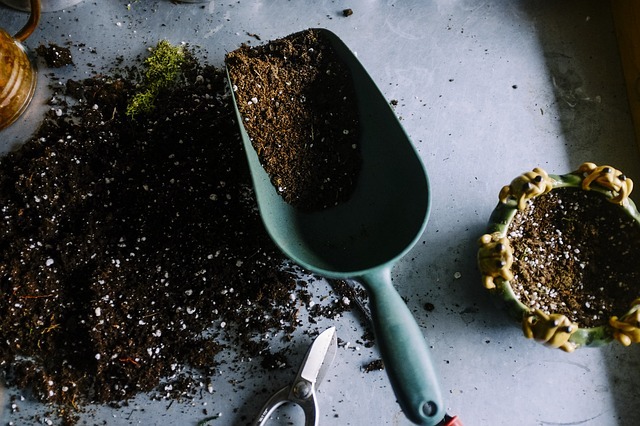What Makes Soil Healthy?
Soil chemistry is fascinating in that no two areas in an acre have to be the same. So what makes soil healthy? Turf, soils and operating budgets will benefit tremendously if biostimulants are added and consistent applications are incorporated into a regular soil management program, but that’s just the beginning.
Here is what healthy soil should look like:
- Soil organisms (or the soil food web, which cycles nutrients into the right forms and at the right rates) are present.
- Soil organisms that suppress disease-causing organisms are present.
- Soil organisms which build soil structure are present which allows minerals and gasses (oxygen) can move to the plant easily, while waste materials can be removed as rapidly as possible.
- Beneficial enzymes that degrade toxic materials and free radicals are present.
- Microbes and bacteria that produce plant-growth-promoting hormones are present.
- Soil chemistry is correct for the plant in question.
Soil chemistry, or soil pH, is not the end-all answer for soil health. Soil pH is a very general indicator of potential soil activity and productivity, as most plants have the ability to function in a wide variety of soil pH.
The right amounts of Calcium, Iron, Sulfur and other trace elements must be presented to the plant at the right times, in the right amounts and at the right depths. If any of these elements are in complex forms that the plant can’t access, the plant will suffer, succumb to stress and eventually disease.

Altogether, what makes a healthy soil is a healthy soil chemistry which is achieved by a regular management program that uses biostimulants. If soil chemistry and soil biology are right, soils will have the right structure and soil physics will work in your favor.
Soil organisms, bacteria, and microbial populations can vary greatly throughout the growing season. Obviously, too much heat, drought, too much water and compaction can really offset the numbers and physics of the soil, disrupting beneficial scavenger enzymes and really halt a sturdy management program in a very, very short period of time.
It is critical that when implementing a soil management plan that we keep beneficial enzymes, hormones and bacteria present throughout the entire growing season.
A Note on Pesticides, Herbicides and Fertilizers
It is not typical of science to make blanket statements, but in this case, it has. No matter what pesticide, herbicide or fertilizers you decide to implement in your soil management plan, there will always be non-target organism side effects.
While the application of the above may only impact a few microbial species, the long-term effects of multiple and repeated pesticide and herbicide applications cause the soil to lose its ability to maintain life and balance.
Fertilizers can destroy beneficial soil bacteria, too, but the result is mainly just osmotic shock (or, salt effect). Fertilizers will always perform at their best when given a healthy soil environment to thrive on. When there is a healthy soil food web present to move nutrients to the plant with enzymes, hormones, and bacteria present, this will ensure optimum conversion.

While the long-term benefits of biostimulants may not always be obvious as their functionality is below ground, growers and farmers that regularly use quality biostimulants can expect to see enhanced color in their crop yields, large improvement in overall vigor, and will find that the soil will retain better nutrients and water. Pro-Soil products promote biological farming in this sense, reducing inputs and increasing crop yields.
As mentioned before, when extreme heat, drought or other environmental stress arises, consistently using biostimulants with a regular management program will yield vast improvements in plant vitality and will notice the plant’s increased ability to recover more rapidly with far less damage. When reseeding, Pro-Soil biostimulant users will also notice improved germination and a quickened establishment of new turf.
As always, Pro-Soil Ag Solutions doesn’t have all the answers, but our research and data have shown time and time again that we can help our farmers and growers improve their soil’s biological health, allowing your soil to perform a complete conversion and uptake of nutrients.
If you want to turn your soil’s health around, contact Pro-Soil Ag Solutions today and let us help you choose the right soil management plan for your needs.
